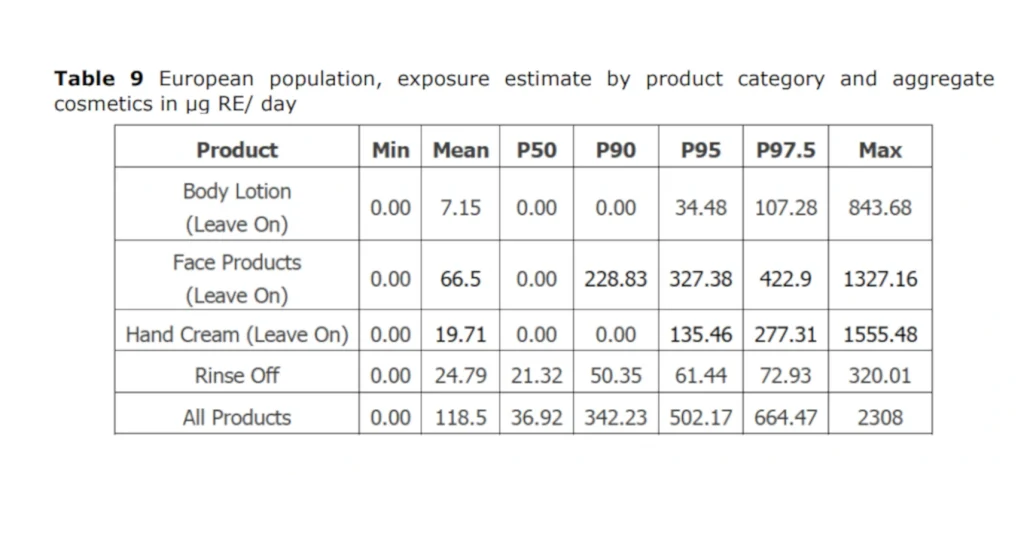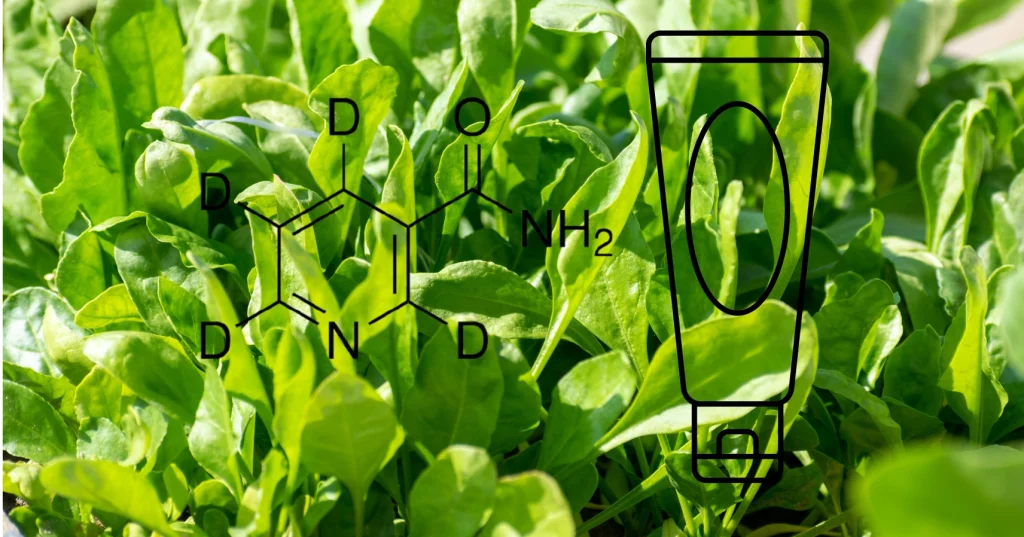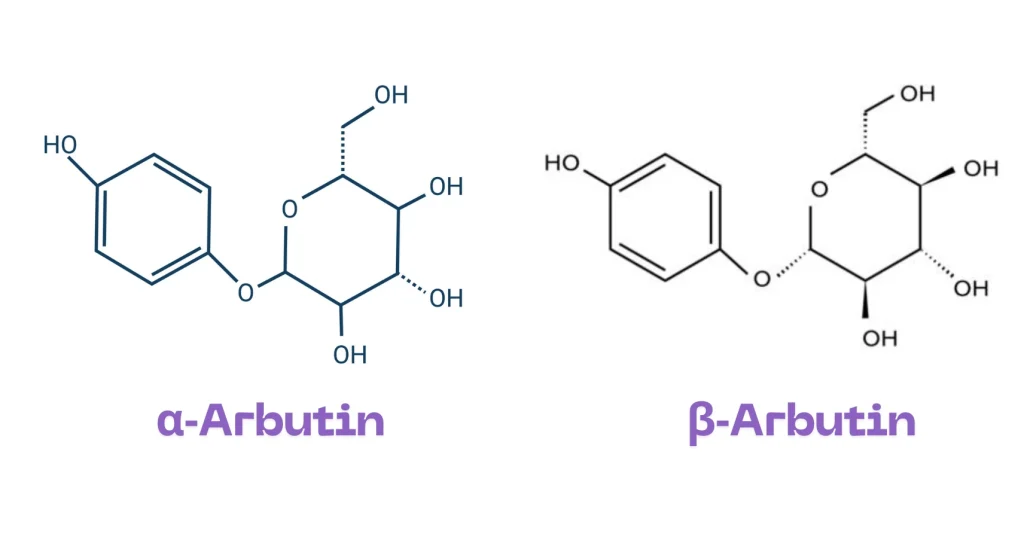If you’re seeking smoother, brighter, and firmer skin, retinol—a vitamin A derivative—is a must-have. Trusted by dermatologists worldwide for its remarkable ability to refine texture, fade dark spots, reduce acne, and boost collagen, retinol is a true multitasker. When introduced gradually and used properly, it can transform dull, aging skin into a more resilient, youthful version.
What Is Retinol?
Retinol is a fat-soluble form of vitamin A available OTC in serums, creams, and oils. It speeds up cell turnover, unclogs pores, and stimulates collagen and elastin production—all key to improving fine lines, wrinkles, enlarged pores, and uneven pigmentation. Although milder than prescription retinoids like tretinoin, it still targets aging and acne concerns effectively.
| Benefit | What It Does |
|---|---|
| Reduces fine lines & wrinkles | Increases collagen, smooths texture |
| Improves skin tone & clarity | Promotes cellular turnover, fades dark spots & acne marks |
| Minimizes pores & congestion | Unclogs pores and regulates sebum production |
| Anti-aging & skin elasticity | Boosts elastin, firms and plumps skin over time |
| Anti-acne and redness control | Anti-inflammatory action reduces irritation |
Retinol is considered by many dermatologists to be the gold standard anti-aging ingredient, addressing signs of photoaging and breakouts across all skin types.
Safety & Regulatory Standards
The European Scientific Committee on Consumer Safety (SCCS) advises maximum usage limits for topical retinol: 0.3% in facial creams and 0.05% in body products—any higher could increase irritation or systemic vitamin A exposure. At these concentrations, retinol is considered safe for regular use, but caution is key—especially for pregnant or nursing individuals, due to potential risk with excessive vitamin A intake.

How to Use Retinol
Start slow: Apply once every other night, after cleansing and before moisturizer. Gradually increase usage as tolerated.
- Pair wisely: Avoid combining with exfoliating acids (AHAs/BHAs), vitamin C, or benzoyl peroxide all at once—these can heighten irritation. Instead, use those ingredients at different times of day or alternate nights. Safe partners include hyaluronic acid, ceramides, niacinamide, vitamin E, and green tea extract.
- Apply at night only: Retinol increases photosensitivity—always follow with a broad-spectrum SPF during the day.
Who Should Use Retinol?
Retinol is ideal for anyone with:
- Dull or rough skin
- Fine lines and early signs of aging
- Acne-prone or congested skin
- Uneven pigmentation or post-acne marks
However, people with eczema, psoriasis, rosacea, or very sensitive skin should consult a dermatologist before starting—and pregnant individuals should avoid retinoids entirely.
Popular Retinol Products Worth Trying
- TIRTIR Vitamin A 2% Serum — potent yet buffered for sensitive users
- The Ordinary Retinol 0.2–1% — a range of concentrations to start slowly
- Paula’s Choice 0.1–1% Retinol Treatment — dermatologist-trusted blend with antioxidants
- La Roche-Posay Redermic R — suitable for sensitive skin types with anti-aging focus
Retinol: Core Chemical Names & Compounds
Here are the key chemical identities and forms of retinol derived from scientific sources:
Retinol (Vitamin A₁, All‑trans‑Retinol)
- IUPAC name: (2E,4E,6E,8E)-3,7‑Dimethyl‑9‑(2,6,6‑trimethylcyclohex‑1‑en‑1‑yl)nona‑2,4,6,8‑tetraen‑1‑ol
- Synonyms: All‑trans‑retinol, β‑Retinol, Vitamin A1 alcohol, Retinyl alcohol, trans‑Vitamin A alcohol
- Molecular formula: C₂₀H₃₀O, Molecular weight ~286.45 g/mol
Retinoic Acid (All‑trans‑Retinoic Acid)
- IUPAC name: (2E,4E,6E,8E)-3,7‑Dimethyl‑9‑(2,6,6‑trimethylcyclohex‑1‑en‑1‑yl)nona‑2,4,6,8‑tetraenoic acid
- Also known simply as tretinoin, Vitamin A acid, or RA. It’s the biologically active form used in prescription-strength treatments.
Retinyl Esters (Pro‑Vitamin Forms)
- Common types: Retinyl Palmitate, Retinyl Acetate
- These are more chemically stable and require conversion (via retinol → retinaldehyde → retinoic acid) to become active.
- Retinyl Acetate IUPAC: (2E,4E,6E,8E)-3,7‑Dimethyl‑9‑(…)-nona‑2,4,6,8‑tetraen‑1‑yl acetate

Substance identity:
EC / List no.: 11103-57-4/ 68-26-8
CAS no.: 234-328-2/ 200-683-7
Synonym(s):Vitamin Vitamin A₁; all-trans-Retinol; β‑Retinol; All‑trans-Retinyl alcohol; trans‑Vitamin A alcohol
Empirical Formula (Hill Notation): C₂₀H₃₀O
Molecular Weight: ~286.45 g/mol (exact: 286.4516)
MDL number: MFCD00001552
UNSPSC Code: 12352205
PubChem Substance ID: 329751561
Why This Matters
- Retinol is the standard over-the-counter vitamin A form in skin care—effective once converted in the skin to retinoic acid.
- Retinoic acid (tretinoin) is the prescription-only, highly potent form that acts fastest and strongest, but also carries higher irritation risk.
- Retinyl esters (like palmitate or acetate) are gentler and more stable forms, suited for sensitive skin or as beginner retinoids.
| Compound | IUPAC Name | Description |
|---|---|---|
| All‑trans‑Retinol | (2E,4E,6E,8E)-3,7‑Dimethyl‑9‑(…)‑1‑ol | OTC vitamin A alcohol, precursor to active form |
| Retinoic Acid (Tretinoin) | (2E,4E,6E,8E)-3,7‑Dimethyl‑9‑(…)‑oic acid | Prescription retinoid; directly active form |
| Retinyl Acetate / Palmitate | Ester forms requiring conversion to retinol then to acid | Milder, more stable precursors |
Final Thoughts
Retinol is not a passing trend—it’s a science-backed staple proven to revitalize skin appearance, texture, and tone. From fading pigmentation and fighting acne to smoothing wrinkles and boosting firmness, this vitamin A derivative deserves a central place in a well-rounded skincare routine. Just remember: start slowly, layer carefully, moisturize wisely, and protect your skin from the sun. With proper use, retinol unlocks brighter, clearer, more youthful-looking skin every day.



